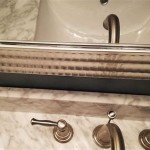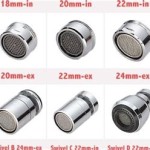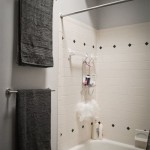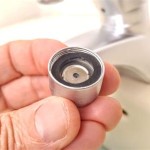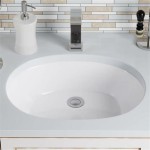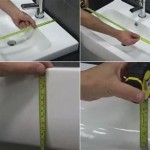How to Uninstall a Bathroom Sink Faucet
Removing a bathroom sink faucet can be a necessary step for a variety of reasons, such as replacing an old, leaky faucet with a new one, performing repairs, or upgrading the aesthetic of the bathroom. While it might seem daunting, uninstalling a bathroom sink faucet is a relatively straightforward process that can be achieved with the right tools and a little patience. This article will guide you through the steps of uninstalling a standard bathroom sink faucet, providing clear instructions and safety tips to ensure a successful and trouble-free experience.
Gather the Necessary Tools
Before you begin, make sure you have all the necessary tools at hand to ensure a smooth and efficient process. The tools you will need include:
- Adjustable wrench
- Channel-lock pliers
- Phillips screwdriver
- Flathead screwdriver
- Basin wrench
- Bucket or container
- Towels
- Safety glasses
- Work gloves
A basin wrench is a specialized tool designed to access and loosen nuts located under the sink. If you do not have a basin wrench, you can use a pair of adjustable pliers, but this may be more challenging and potentially damage the nut. Ensure all tools are in good working condition and appropriate for the task at hand.
Shut Off the Water Supply
Safety is paramount when working with plumbing. The first and most crucial step is to shut off the water supply to the bathroom sink. This will prevent water from spraying out when you disconnect the faucet. Locate the shut-off valve for the sink, typically found underneath the sink or on the wall behind the sink. Turn the valve clockwise to completely shut off the water flow.
After turning off the water supply, open the sink faucet to drain any remaining water. This step helps ensure that you are not working with a pressurized system, minimizing the risk of a sudden water burst. It is also a good idea to place a bucket or container underneath the faucet to catch any residual water that may drip during the removal process.
Disconnect the Drain Pipes
The next step involves disconnecting the drain pipes from the faucet. Depending on the setup, you may have one or two drain pipes connected to the faucet. Locate the drain pipes and carefully unscrew them. If the pipes are made of plastic or have a flexible design, simply twist them counterclockwise to detach them. If the pipes are metal, you may need to use channel-lock pliers or an adjustable wrench to loosen and remove them.
Remove the Faucet Handles
With the drain pipes disconnected, you can now remove the faucet handles. Most bathroom sink faucets have handles that are secured with screws or set screws. Use a Phillips or flathead screwdriver to remove these screws or set screws. Once the screws are removed, the handles should easily detach.
Disconnect the Water Supply Lines
The next step is to disconnect the water supply lines from the faucet. These lines are usually attached to the faucet with compression nuts. Locate the compression nuts and use an adjustable wrench to loosen them. Turn the nuts counterclockwise to detach them from the faucet. Be careful not to overtighten the nuts, which can damage the faucet or the supply lines. Once the supply lines are disconnected, carefully set them aside.
Remove the Faucet Body
With the handles and supply lines disconnected, you can now remove the faucet body itself. This will involve removing the mounting nuts that secure the faucet to the sink. These nuts are typically found underneath the sink, and you will need to use a basin wrench or adjustable pliers to access and loosen them. Turn the nuts counterclockwise to detach them from the faucet. Once the mounting nuts are removed, the faucet body should come loose from the sink.
Dispose of the Old Faucet
After removing the faucet, carefully dispose of it according to your local waste disposal guidelines. Some municipalities have specific programs for recycling or disposing of old plumbing fixtures. Be sure to check with your local authorities for the proper disposal methods.
Inspect the Sink
Once the faucet is completely removed, take some time to inspect the sink for any damage or wear that may require attention. Inspect the mounting holes where the faucet was attached. If there are any signs of damage or rust, you may need to replace the sink or have the damaged areas repaired before installing a new faucet.

Diy How To Replace A Bathroom Sink Faucet Remove Install

How To Replace A Bathroom Faucet Home Repair Tutor

How To Remove And Install A Bathroom Faucet

How To Remove And Install A Bathroom Faucet

How To Replace A Bathroom Faucet Home Repair Tutor

Diy How To Replace A Bathroom Sink Faucet Remove Install

How To Remove And Install A Bathroom Faucet

How To Replace A Bathroom Faucet Tinged Blue

Replacing A Bathroom Faucet Fine Homebuilding

How To Replace A Bathroom Faucet Home Repair Tutor
Related Posts

